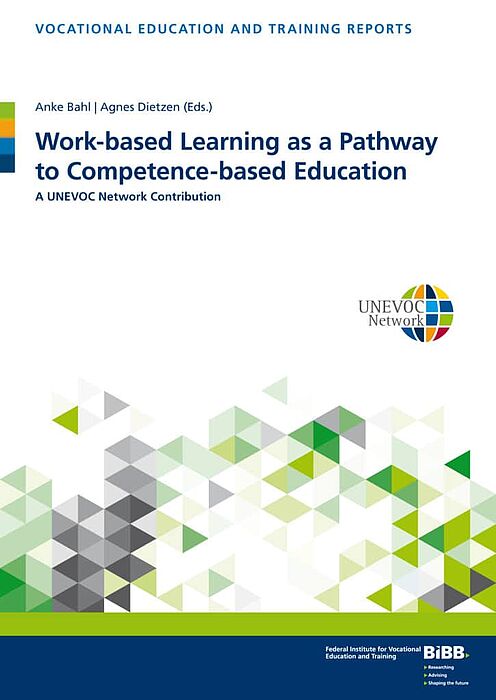Harteis, C. (2019). Supporting learning at work in an era of digitalization of work. In A. Bahl & A. Dietzen (Hrsg.), Work-based learning as a pathway to competence-based education (S. 85-97). Opladen: Barbara Budrich.
Auszug aus der Einleitung:
"The history of industrial development since the 18th century is also a history of technological, economic and societal changes, which, at each of their phases, had crucial impacts on workplaces and work practices. Technical inventions and innovations had always induced workers’ adaption. The most important driver had always been technological development, which culminated in the invention of new machines that improved industrial production. The current transformation of industrial production to digitalised work is often called the fourth industrial revolution (e.g. in Germany Industrie 4.0), even though there is a debate about the rationality of this counting system (e.g. Wilkens, 2017). This counting system considers the invention of steam power and its utilisation in mechanical production systems (i.e. the first, mechanical ‘power loom’ in 1784) to be the first industrial revolution. The second revolution followed in 1870, when the implementation of the principle of the division of labour was combined with the use of electric power in driving a conveyor belt in a Cincinnati slaughterhouse. A third revolution is the application of the first programmable logic controller in 1969 for broad use in IT and electronic systems in order to increase the automation of industrial production. Currently, information and communication technologies have developed so far that the fourth industrial revolution appears to have occurred in recent times, due to the use of cyber-physical systems in industrial production (Brynjolfsson & McAfee, 2014). Hence, the question arises as to what the particular qualities of cyber-physical system implementation are.
Cyber-physical systems are arrangements that combine software components with mechanical parts that communicate autonomously via the intranet or internet. Such combinations allow for production arrangements that vary flexibly according to affordances or constraints in the order books or production systems without necessarily being directed by workers. ..."
Das Buch kann über die gängigen Bezugssysteme erworben oder aber über die Homepage des BiBB frei heruntergeladen werden:
https://www.bibb.de/veroeffentlichungen/de/publication/show/9861

